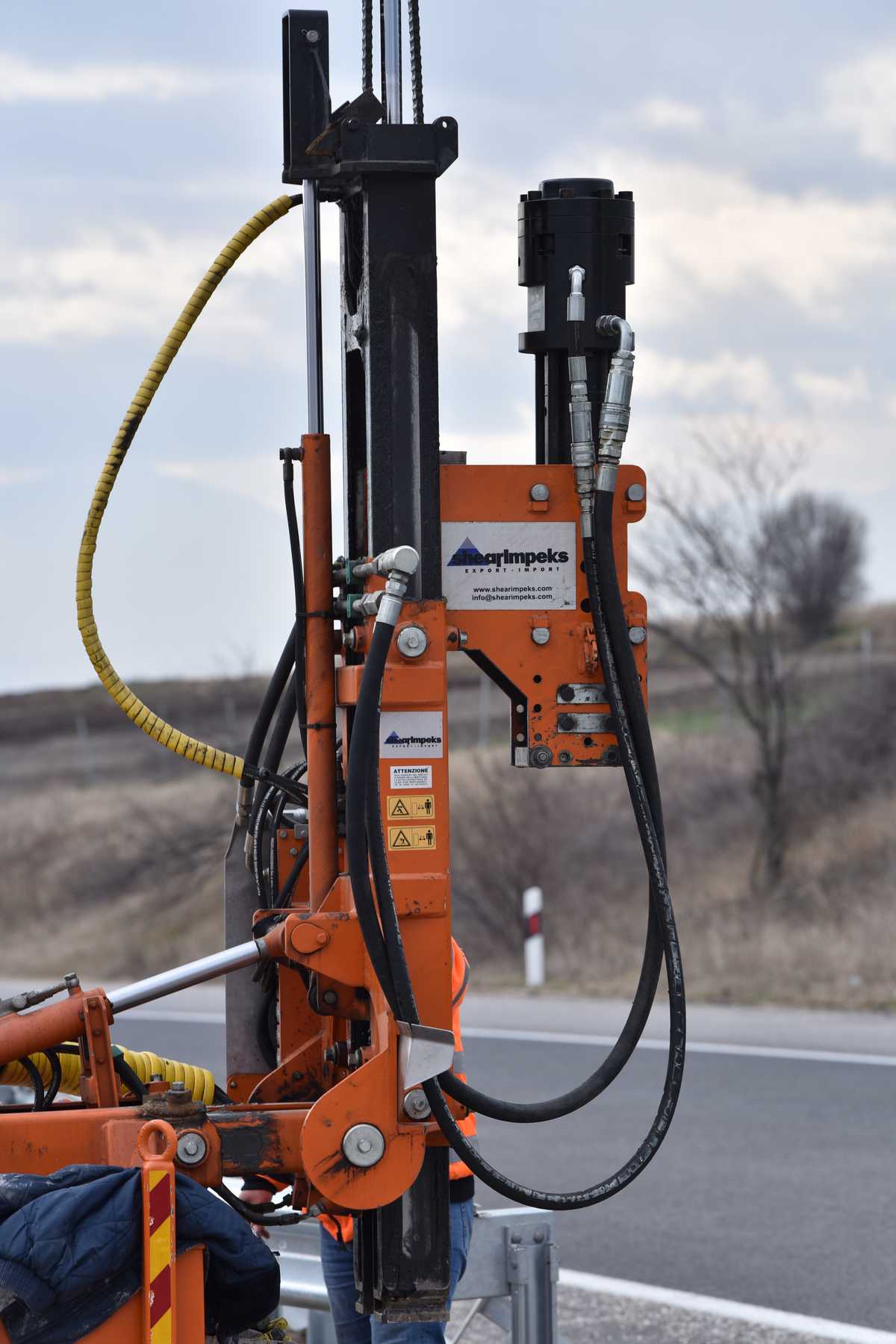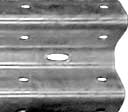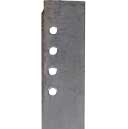Road safety means safety for all road users. Accident risks on the road, during both work-related driving and leisure time driving, involve risks to the driver, passengers and other road users. Today’s continuously changing traffic environment requires constant alertness on the part of road users. Speeding, drunk driving and failure to wear a seat belt are the three main reasons for road accidents.
Traffic regulations are intended to decrease the risk of accidents. Improving road safety involves dealing with issues related to road users, the traffic environment, and the condition of vehicles. Investigating road accidents can also prevent further accidents. Work-related road safety should be managed by integrating it into the arrangements for managing overall health and safety at work. Accident prevention on roads includes factors related to the traffic environment, vehicles and road users whether this is work or leisure related.
Work-related road safety should be managed by integrating it into the employers’ arrangements for managing overall health and safety at work. Work-related traffic accidents can be prevented through technical measures and organisational measures at workplaces, and adequate training. In addition, investigating road accidents can prevent future accidents.

As employers are responsible for the occupational safety of their workers, the following should be included in the workplace’s driving policy:
Components

- Optimal choice for safety, strength, durability, and cost effectiveness
- Constructed of high-strength 12 gauge (Class A) or 10 gauge (Class B) steel and coated in rust-resistant zinc
- Standard center punching of 12′ 6″ O.C., 6′ 3″ O.C. with options available
- Optimal choice for safety, strength, durability, and cost effectiveness
- Constructed of high-strength 12 gauge (Class A) or 10 gauge (Class B) steel and coated in rust-resistant zinc
- Standard center punching of 12′ 6″ O.C., 6′ 3″ O.C. with options available


- Constructed of high-strength 10 gauge (Class B) steel and coated in rust-resistant zinc
- Protective option for the blunt end of the guard rail
- Question Mark EndConstructed of high-strength 10 gauge (Class B) steel and coated in rust-resistant zinc
- Protective option for the blunt end of the guard rail

